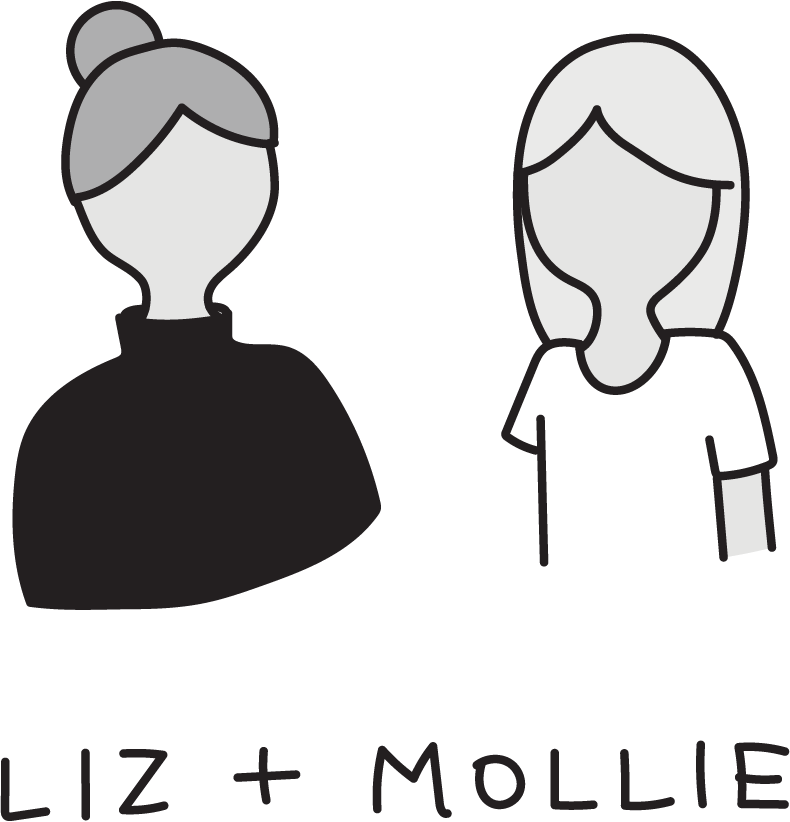One of the parts of the book writing that we were most curious about (and quite honestly, most worried about), was working with our editor. We’d heard stories from writer friends about editors who were either too engaged (re-writing large portions of the manuscript) or not engaged enough (being incommunicado for large stretches of the process and then only giving minimal guidance). We’d also heard of editors who had very different visions for the book than the authors did.
Read moreBehind the book: How an illustration happens
Let's talk illustrations! My (Liz) process of creating illustrations goes like this:
Brainstorm
Get frustrated
Brainstorm
Have an idea!
Sketch idea
Brainstorm
Get frustrated
Start drawing idea on tablet/Adobe Illustrator
Handletter text using tablet/Adobe Illustrator
Add color in Adobe Illustrator
Repeat
First, a quick equipment run down that might be useful:
For sketching and note-taking, I use a gel ink pen and blank (unlined) Muji notebooks that I highly recommend. They are light (so you can carry them anywhere) and cheap (so you won't feel bad scrawling over pages). I probably own 20+ of these notebooks. Here are the five currently in my desk drawer.
Behind the book: Collaborative Writing
The first things people ask us when we tell them we co-authored a book are: how does that work? How do you split up the writing? How do you remain friends?
We figured out the right balance and process through trial and error. A lot of what we tried didn’t work! But after a few chapters, we found a good rhythm. Here are six tips we recommend to other co-authors.
1. Switch off who writes the first draft
This helps the workload feel equitable. As another co-author shared with us, “When you have two authors, each does 90% of the work.” Because you are extremely aware of much time you’re spending not only writing but thinking and editing, it’s easy to assume you’re working more than the other person. The first draft requires a lot of heavy lifting, so it’s a great opportunity to create a feeling of fairness by alternating who takes the first crack at teach chapter. One of us (“Partner A”) starts by doing a chapter outline. The other person (“Partner B”) reviews the outline and adds in any topics that are missing. Next, Partner A writes the first draft over the course of about two weeks. Partner B then gives feedback on the first draft, and then Partner A incorporates these edits into the draft. Which brings us to tip number two….
Read more